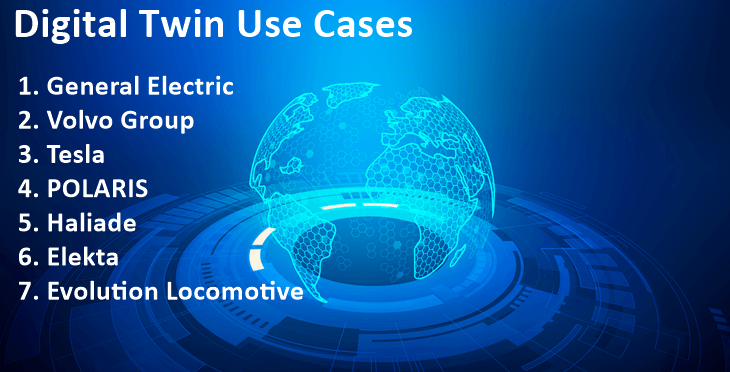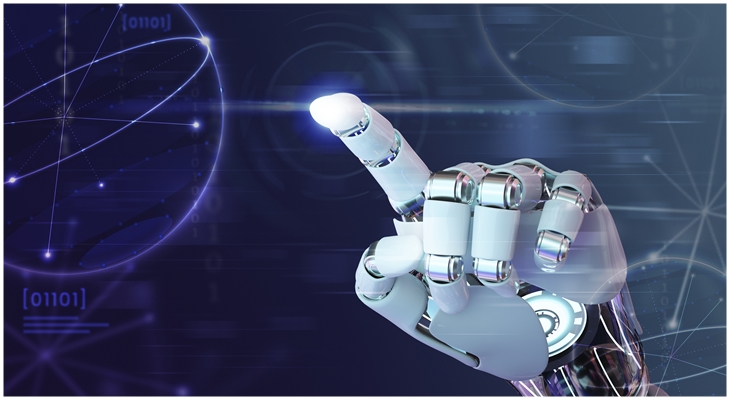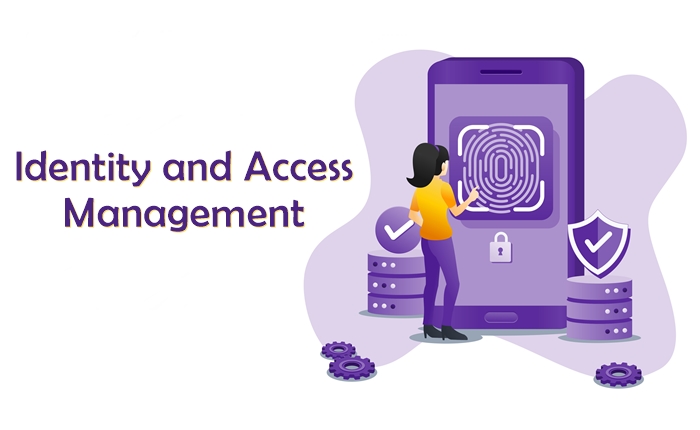What is Digital Twin? And how did it emerge?
A digital twin is known as a representation of a system or an actual object. Even though the term digital twin has been around for a long time, it was not viable to implement it until the rise of the Internet of Things (IoT).
Digital twin term was first coined in 2002, at the University of Michigan by Challenge Advisory when they were hosting a presentation for Michael Grieves.
In recent years the growth of digital twins has been enormous. Most of us have either come across this term or at least heard it.
According to a report from Grand View Research, INC.; it is expected that the global market of digital twins will reach $26.07 billion by 2025 with the compound annual growth rate of 37.8% during this period.
We have highlighted digital twin use cases of some of the well-known companies in this blog which will help you to understand how digital twin has benefited these organizations and the potential scope of digital twin technology for your business.
Digital Twin Use Cases Across Various Industries
Manufacturing
When a part in the manufacturing line unexpectedly breaks down, it affects the entire chain of production. We can avert this crisis by implementing proper preventive measures.
But, sometimes it is challenging to perform preventive maintenance without disrupting the process. This issue can be addressed with the proper implementation of the digital twin.
General Electric was one of the early users of the Digital Twin technology. They had around 1.2 million digital twins of the physical systems by the end of 2018.
GE software engineers built digital twins components in more than 300 of their GE90 engines which helped one of their airline customers.
These twins are fed information & knowledge to inform the operator about the existing condition and even predict the future service schedules.
It works in 4 principle ways, which are:
- A human expert to do the task of a service technician.
- A sensor on the engine to provide valuable insights such as temperature, air quality, and vibration, etc.
- A fleet to provide insights on a flight experience.
- Simulation to predict the lifespan of these components under the yet not experienced conditions.
Volvo is dedicated to continuously improving its agility and flexibility within its manufacturing operations to meet growing customer expectations as well as adapting to new technologies.
The Swedish automaker is also well-known for its engineering excellence by implementing a digital thread right from the concept design stage up until the manufacturing process stage.
Moreover, Volvo is now integrating front-line worker processes in its digital thread. This has given birth to the digital twin for quality assurance tasks.
The key objective of this case was to improve overall quality, which is assessed based on the following parameters:
- Saving costs while enhancing effectiveness and even reaching close to 0 part per million (PPM) quality goal.
- Upgrading and validating engine configuration and QA checklist process in order to minimize the time to one hour.
- Digitizing the entire quality assurance process to save thousands of Euros per day.
Tesla was also one of the early adopters of the digital twin concept. They also have a digital twin for every Vehicle Identification Number (VIN).
There is a constant transmission of data to and from cars & factories. This technology also helps Tesla to keep track of all the events, even those that are as minute as the rattling of a door.
They continuously download the software updates for each of their customer's cars with VIN, which helps them to assess the conditions of the vehicle.
Service & Maintenance
Polaris maintains and uses its design data as a part of the larger digital thread with feedback loops across the entire manufacturing process and the entire life cycle of a product.
This sort of actual customer data and performance helps Polaris to improve product design and at the same time assisting the manufacturer in integrating capabilities such as additive manufacturing and simulation.
The key objective of the case study was to improve overall service quality and decreasing maintenance cycles. This was judged on the basis of following parameters:
- The amount of time reduced to minimize the time-to-market.
- Improving customer experience and assessing the maintenance cycles.
Transportation
GE created a digital twin called Trip Optimizer for its Evolution Locomotive.
It can gather and analyze specific updates and give insights in real-time to assess the condition of the train's engine, to measure the amount of load a train is carrying, and can also predict the time required for the train to reach to next station and its destination. It can also forecast weather conditions.
Healthcare
Elekta is one of the global leaders in medical technology for the treatment of cancer and brain disorders.
They launched a Connected Field Service program that streamlines the digital twins of its customers' deployed equipment.
This digital twin can help them to increase service revenue and improve the customer experience.
Elekta also achieved huge success with this on the basis of the following parameters:
- Increase in equipment uptime and satisfactory resolution of around 20% of service issues without having to dispatch or assign a technician.
- Achieving uninterrupted treatments for almost 15000 patients in the first year of the program, thereby achieving improved customer satisfaction.
- Optimizing the service delivery process and improving the service network which helps them to improve business agility.
Renewable Energy
Engineers used virtual sensors from the Haliade's digital turbine to get the temperature information.
This information also helped them to build the app which can monitor and estimate the actual turbine's temperature.
This application has helped the engineers to assess whether to allow the turbine to work in full flow or lessen its speed even if the temperature is too high.
Future Scope of Digital Twin:
Digital Twin is filling a significant gap between the physical world and the virtual world. Key propellants, which can accelerate the boost of the digital twin, will be IoT, and big data analytics in the near future.
The future scope of creating a digital twin will be to boost the growth of key emerging technologies such as Augmented Reality (AR), and Virtual Reality (VR) with seamless integration.
Currently, the digital twin is dominating the manufacturing industry but in the coming future, we can hope it will also have a similar impact on the education, transportation, utilities, and natural resource sectors.
You may also like to read:
7 Simulation Software Use Cases in the Healthcare Industry
The fourth Industrial Revolution Challenges
IoT Applications for Smart Cities
How Can Digital Twin Help Manufacturers Transform?





